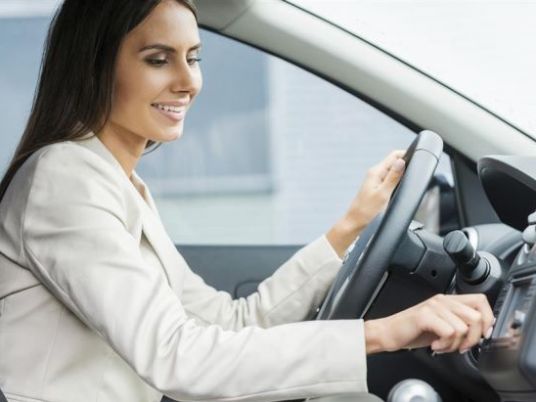
In a US study using in-car video recorders, more than three-quarters of rear end collisions involving a teen driver happened when the teen was paying attention to a phone, a passenger or something else other than the road.
When a phone was the distraction, the reaction times of teen drivers were markedly slower, and about half the time they did not brake or steer to avoid the crash, researchers report in the Journal of Safety Research.
“There have been several recent naturalistic studies of driving that have reported distraction to be present much more often than was originally seen in police- reported crash data,” said lead author Cher Carney of the Transportation and Vehicle Safety Policy Research Program at the Public Policy Centre at The University of Iowa.
“Research has shown that teen drivers are more willing to engage in distractions than are adult drivers,” Carney told Reuters Health by e-mail. “They are also overconfident in their abilities as a driver and tend to take more risks, such as choosing to be distracted at inopportune times".
400 rear-end collisions involving a driver aged 16 to 19 were captured by in-vehicle event recorders between 2007 and 2013. The devices were triggered to record video, audio and accelerometer data by hard braking, fast cornering or an impact force, and the study team focused only on the six seconds prior to a crash. In almost 90% of crashes, the driver was not paying sufficient attention to the road ahead, according to the researchers.
Using a cellphone, looking outside the vehicle, looking at another vehicle, personal grooming and reaching for an object in the car resulted in the most time spent looking away from the road. For drivers using a cellphone, those who were texting had longer response times than those who were making a voice call. “Teens aren’t just talking on their phones anymore, they are texting, snapchatting and posting on Instagram, all while driving,” Carney said.
There is no one solution to distracted driving, but “social norms regarding the acceptance of cellphone use while driving have to change, like they have for alcohol,” she said. “A generation ago, it was socially okay to drink and drive – now it is not … And new automotive technologies, such as automated braking and lane keeping, should help reduce the crash risk associated with distraction when it happens,” Carney said. “Additionally, parents need to be setting an example for their kids by not using the cellphone while driving and enforcing the rules for their teenage drivers.”
Distracted driving is not a new problem, and adults may be distracted just as often as teens, said Rob Foss of the Highway Safety Research Centre at the University of North Carolina at Chapel Hill, who was not part of the new study. “It doesn’t really look like teenagers are any more or less likely to use their phones than adults,” Foss told Reuters Health. Distracted driving is more like speeding than driving drunk, he said, because it can happen for only moments at a time. “There’s almost nothing we can do to control distracted driving, similar to speeding,” he said. “Each microsecond you’re making a non-conscious decision, it’s something that everybody does. Everybody is distracted at various points in driving.”




